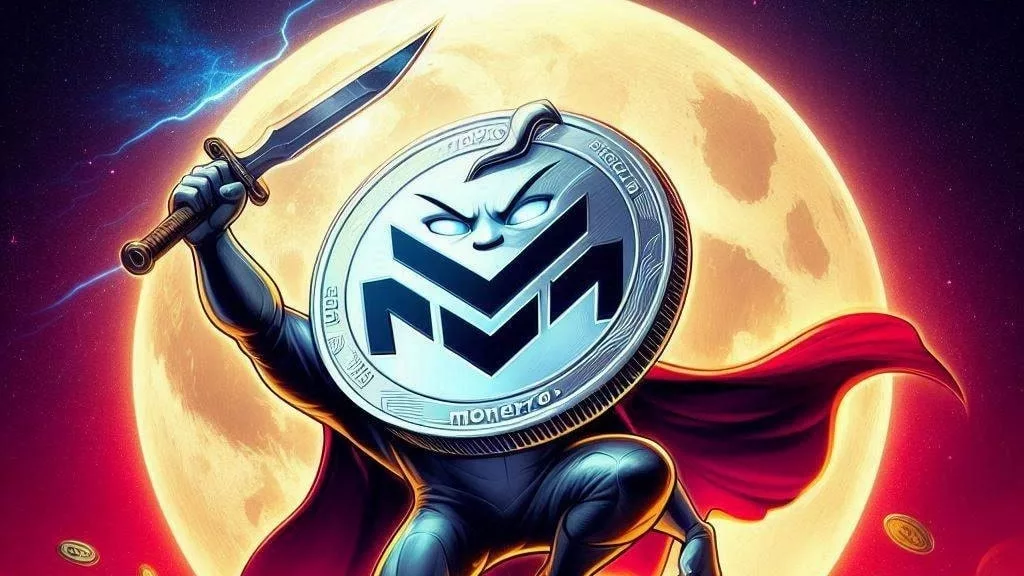
In a rapidly changing world, the flow of money across borders is undergoing a profound transformation, impacting millions of families in lower to middle-income countries. Global remittances, which exceeded a staggering $650 billion in 2022, have become a lifeline for many, offering access to essential goods, healthcare, and education. These funds, sent by international migrants, now overshadow both development aid and foreign direct investment. Join us as we delve into the remarkable changes that technology is bringing to the international remittances market.
The High Costs and Regulatory Hurdles of Global Remittances
Remittances have long played a pivotal role in ensuring economic stability, especially during crises like natural disasters or economic downturns. However, the process has been plagued by high fees, complex currency conversions, and stringent regulations, making it a costly endeavor. Notably, remittance fees to Africa can soar to over 8%, imposing a significant financial burden on both senders and recipients.
But the digital age is ushering in a new era for remittances, with mobile technology taking center stage. Money transfer operators are leveraging mobile phones to streamline the entire remittance process, eliminating the need for physical presence and cash transactions. This tech-driven approach is particularly beneficial for remote areas lacking traditional banking infrastructure. Moreover, smartphones are enabling smoother customer identification processes, incorporating biometric verifications that align with anti-money laundering and anti-terrorism financing regulations. This not only simplifies regulatory compliance but also fosters market competition, promising reduced remittance costs for all.
Despite these promising developments, challenges persist. Currency conversion fees continue to be a major pain point, often accounting for up to 5% of remittance volumes. More complex transactions involving multiple currencies can see fees doubling or even tripling, further underscoring the need for innovation.
Emerging Technologies: The Future of Remittances?
The financial industry’s cautious stance due to stringent regulations has led to the sidelining of fintech startups and businesses operating in volatile economies. The fear of potential regulatory breaches has hindered progress in reducing remittance costs.
Enter blockchain and cryptocurrency, promising technologies that have the potential to significantly reduce foreign exchange costs and overall remittance overheads. However, challenges remain, including the widespread adoption of cryptocurrencies in remittance recipient nations and the global acceptability of digital currencies, including stablecoins.
As global dynamics shift rapidly, from income disparities to demographic changes and environmental factors, migration patterns are set to evolve. As more people seek opportunities abroad, the global flow of remittances will surge. This underscores the urgent need for effective, efficient, and affordable remittance channels.
Harnessing Technology’s Potential for Global Remittances
To ensure that this vital financial lifeline remains accessible and efficient for millions worldwide, it is crucial to harness the full potential of technology while shaping a conducive regulatory framework.
Innovations in mobile technology have already demonstrated their capacity to simplify and reduce the cost of remittances. As smartphones become more prevalent, these advancements will reach even the most remote areas, ensuring that everyone can benefit from affordable international money transfers.
Blockchain and cryptocurrency, although still in their nascent stages, hold tremendous promise. By reducing foreign exchange costs and eliminating intermediaries, they have the potential to revolutionize the remittances market. However, for this potential to be fully realized, governments and financial institutions must work together to create a regulatory environment that fosters innovation while safeguarding against illicit activities.
In Conclusion
The $650 billion global remittances market is undergoing a seismic shift, driven by technology and fueled by the changing dynamics of our world. While challenges remain, the potential for more accessible, efficient, and affordable international money transfers has never been greater.
As we look to the future, it’s clear that innovation will play a crucial role in shaping the remittances landscape. From mobile tech simplifying the process to blockchain and cryptocurrency promising to reduce costs, the stage is set for a new era in global money transfers. It’s a transformation that will benefit millions of families and contribute to economic stability in lower to middle-income countries.
The question now is how swiftly and effectively governments, financial institutions, and technology providers can come together to make this vision a reality. The answer to that question will determine the future of global remittances and the countless lives they touch.




Get the latest Crypto & Blockchain News in your inbox.